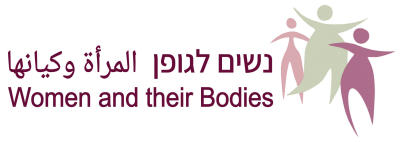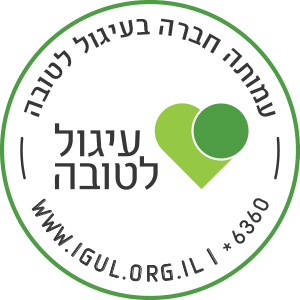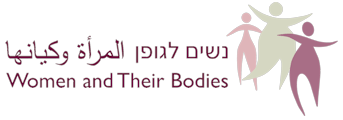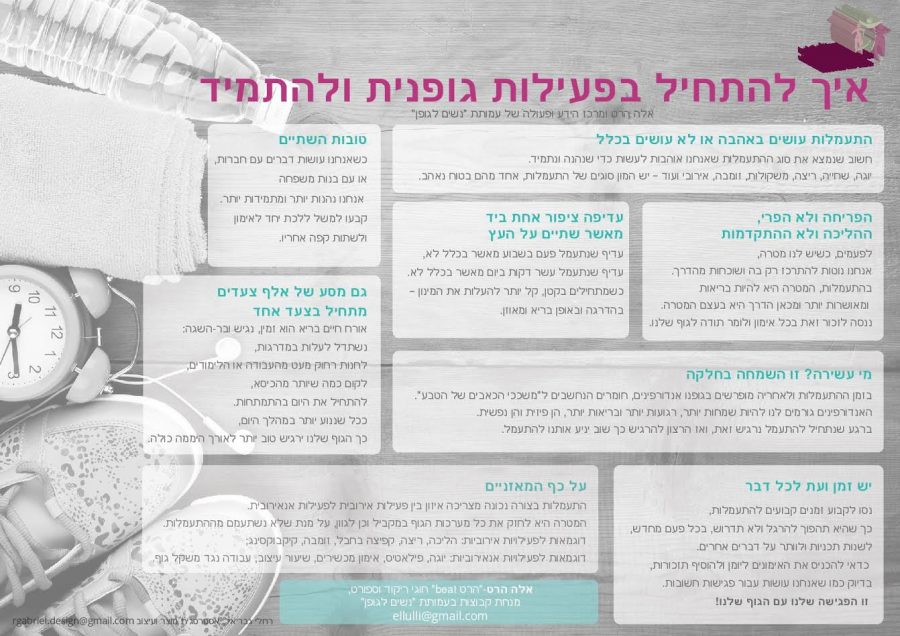Books and Publications
The WTB Knowledge and Action Center lead by Tal Tamir has been producing books, reports, brochures, and other products such as videos since 2005. The organization’s perspective is reflected in each of our products, which is always a weave of the academic and medical, and information gathered from a wide range of women who share their experiences and expertise. The written material deals with common, sometimes difficult questions and topics that are silenced in a manner that is clear, straightforward, and accessible.
The Books

Women and their Bodies
The cultural adaptation of the American feminist book Our bodies, Ourselves for women in Israel, in Hebrew and in Arabic, was a complex and multi-faceted project. The books in their localized version were published in 2011, in Hebrew by Modan Publishing (still sold in bookstores), and self-published in Arabic (can be downloaded from the website).
The book Women and their Bodies was published following six years of intensive work, research, interviews, and writing, together with more than 350 women and professionals from diverse health and medical fields who contributed to the project. The 800-page book provides a wealth of up-to-date, important, and accessible information vital for women in the circle of life and answers physiological, emotional, and social questions.

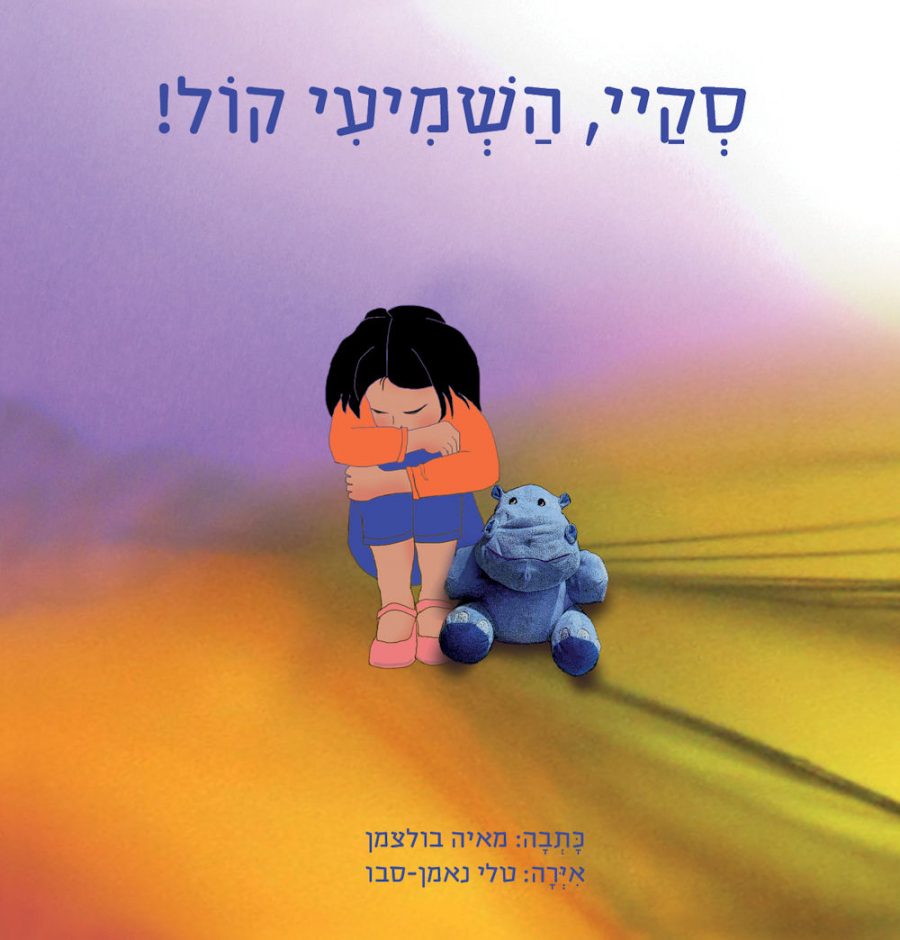
'Speak Out, Sky!'
To buy the book:
[email protected]
050-8727514

Girls and Their Bodies: Talking, Present, Hidden
The book Girls and Their Bodies: Talking, Present, Hidden edited by Einat Peled, Einat Lachover, and Michal Komem is the product of a writing group during 2017 in cooperation with Sapir Academic College and Tel Aviv University. This book includes a chapter written by Tal Tamir and Dana Weinberg “Girls and their bodies, insights from working with girls on their bodies, health, and sexuality.”
The book was published in 2017 by the Magnes academic press, Hebrew University. This is the first book written in Hebrew in the developing field of girlhood studies, which examines the lives of girls on the basis of their belonging to diverse social groups, from the gender perspective. The chapters in the book enrich the academic discourse and professional knowledge on girls and expands the opportunities for social action by and for them.
Downloadable information pages
How to prepare for a gynecological exam
For many of us, the thought of a gynecologist raises and concerns and discomfort, so its important to know that the first visit, even if its for contraception, will only be to talk – other than in specific cases that require it, there won’t be a vaginal exam.
This page will help you to prepare and facilitate a positive and beneficial experience with your gynecologist.
Starting and keeping up physical activity
This brochure aims to help us tackle the great challenge of transitioning from “I have to start working out” to keeping up and even enjoying physical activity. Ella Hart, group facilitator at Women and their Bodies and dance, yoga and sports instructor shares her insights on the way to addiction.
Important diagnostic tests
In 2017, in cooperation with the Knowledge and Action center at WTB, Dr. Karney Lahad, medical intern at Sheba Medical Center wrote a report that summarizes the important things to check for. There are diagnostic tests to identify and help prevent hypertension, diabetes, anemia, and especially cancer. These tests are categorized by age, with more added for each decade. The report also addresses the fact that many diseases and conditions can be prevented by changing habits and suggests 4 magic factors for our health.
Recommended physical activity for women
In 2017, in cooperation with the Knowledge and Action center at WTB, Dr. Karney Lahad, medical intern at Sheba Medical Center wrote a brochure on the importance of physical activity. This often stars on our guilt list – the things we know are important, but we never have time for or energy for, together with quitting smoking and maintaining a healthy and balanced diet. There’s no doubt that the most important thing we can do for our health is to move and keep our body fit. More and more research proves that physical activity is more important that weight, and that little physical activity is better than none. You’re invited to read – and get started.
Downloadable brochures
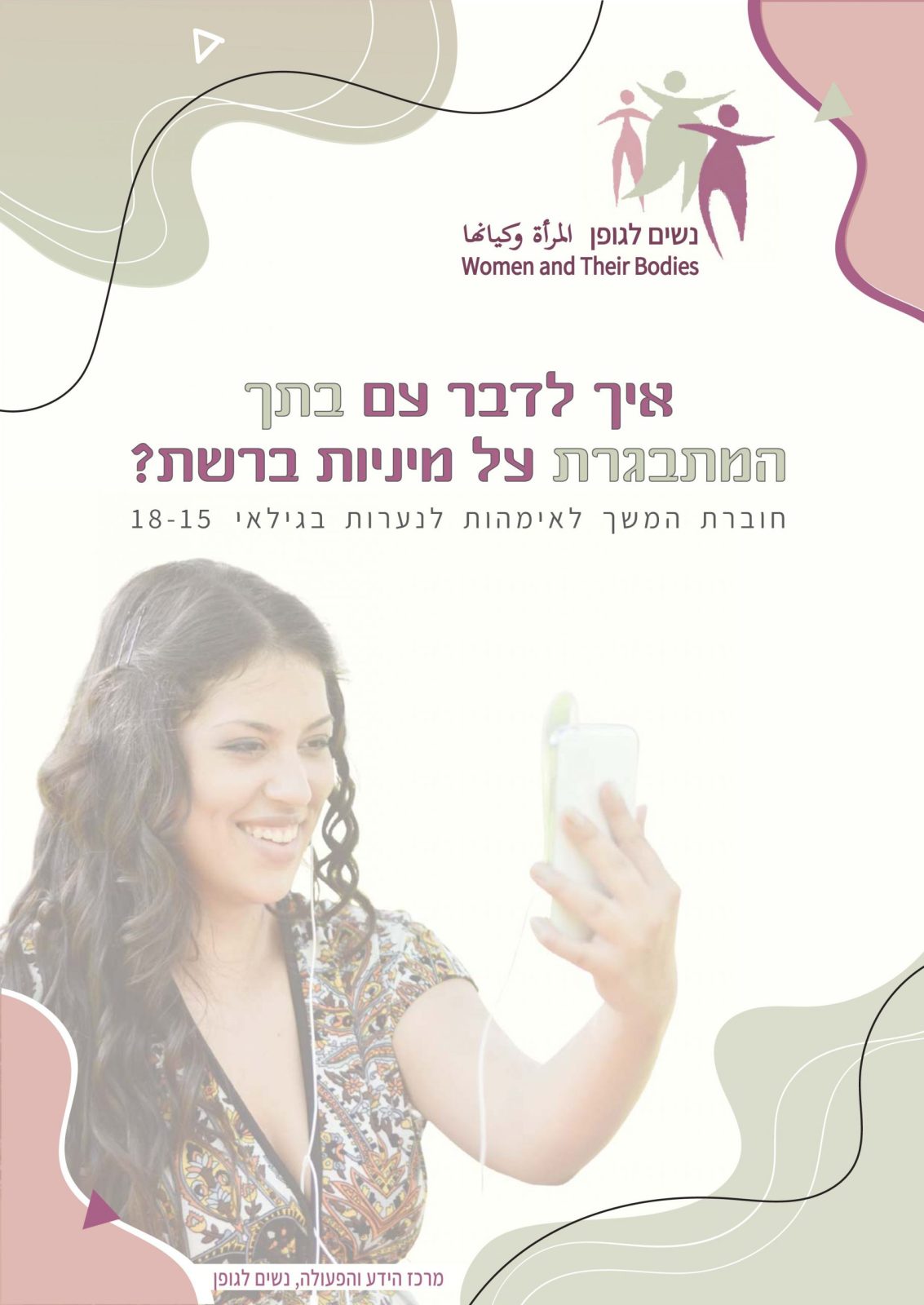
How to talk to your teenage daughter about online sexuality?
Would you believe that you are the mother of such a big girl? After all, if you close your eyes for a moment, you will probably easily be able to imagine yourself at her age. Like it was yesterday. Remember how you went through adolescence? Was this a time full of exciting discoveries and experiences? Maybe you remember from this age mostly confusion and complexity? And maybe everything felt so hard and impossible then that you do not want to be remembered again? Some of us were happy to go back to our teens. Experience first times again, feel the strongest emotions and their eruption in every direction, be surrounded by friends .
Some of us would not go back there for any fortune in the world.
And now your daughter is already there, but in a world that has changed greatly, expanded into virtual directions, has become complex and run in multiple arenas of the network. So it is true that we may not understand the rules of the format like them, but ignoring and resisting is not the solution, on the contrary. There is a lot we do know and can do so contrary to the message she is conveying, it is important to remember that she is in dire need of you and an open communication channel with you.
How do you do that? As part of “Safe on the Net”, another booklet is being submitted, this time intended for mothers of girls aged 15-18, in preparation for a discussion with girls about sexuality on the net.
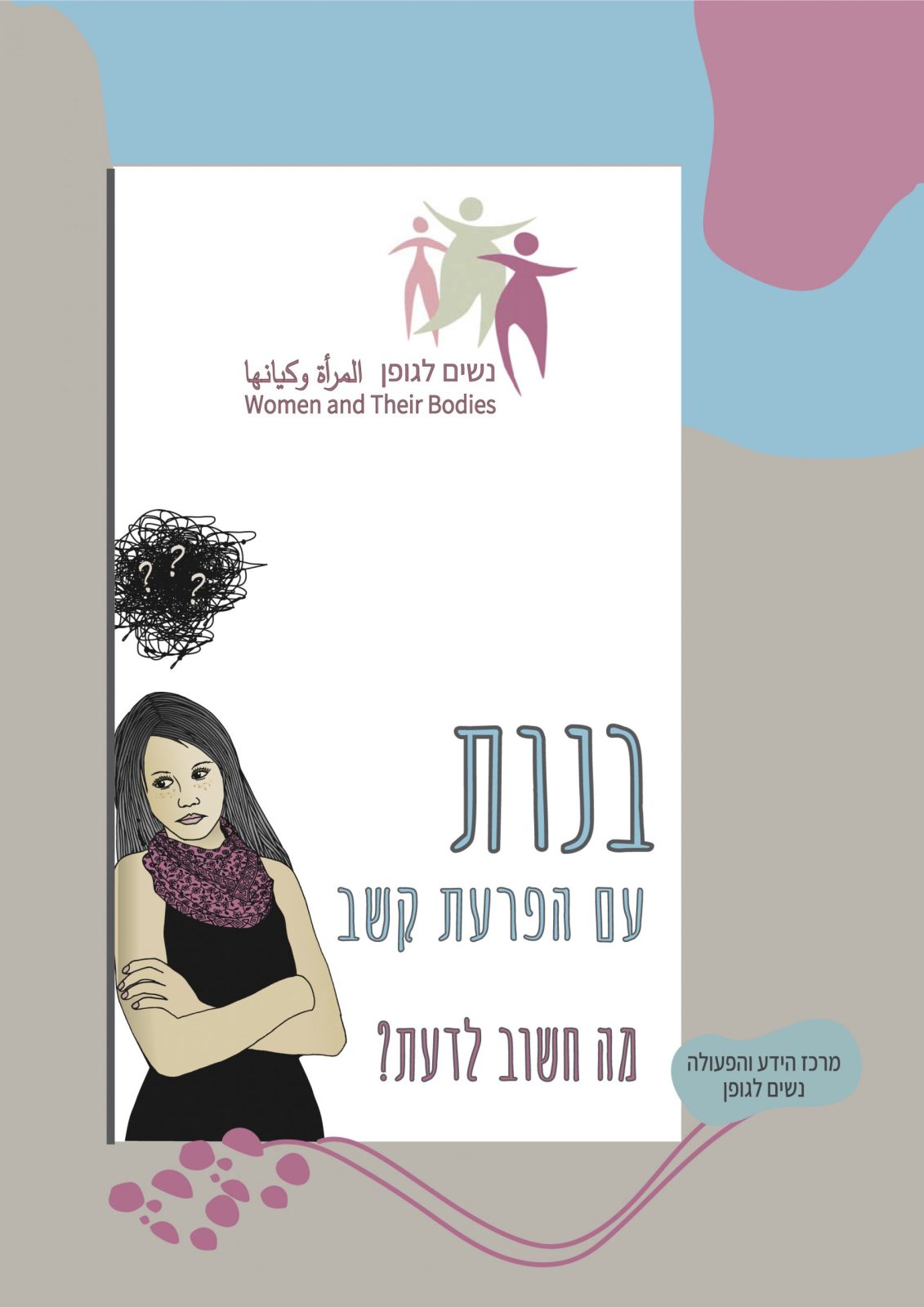
Girls with Attention Deficit Hyperactivity Disorder - What is important to know?
In conversations on the subject, we are often asked why it is important to talk separately about attention deficit disorders in girls, so here is an opening for a long answer:
• Boys are diagnosed in a ratio of 1: 3 to girls
• Girls are diagnosed 5 years late on average (boys aged seven, and girls only 12 years old).
• The girls’ coping, especially prior to diagnosis, is by way of acting in, so gendered. That is, unlike boys, they mainly interfere with themselves, suffer from headaches and abdominal pain, develop emotional problems to the point of depression, suffer from impaired confidence and self-worth, as well as eating disorders.
• Girls tend to show symptoms of attention deficit at a much higher rate in many structures (type 1) and the symptoms are especially noticeable in the post-ovulatory stage. Boys, are more likely to express symptoms of hyperactivity (type2; type3).
In the booklet we looked at attention deficit disorder from a gender perspective, focusing on childhood and adolescence. We examined whether the prevalence among girls is lower, or whether they suffer from underdiagnosis? We discussed symptoms and ways of identification, difficulties, benefits as well as ways of coping.
But perhaps most important of all is that we debated quite a bit in writing the booklet, how to deal with the word “disorder”. The medical and educational staff define it this way, and many of the girls experience it as such and it even leads them to suffering. At the same time, the “disorder” is often a source of creative and unique vision of the world, includes a rare ability to make connections and connections and is part of their unique fingerprint.

How to talk to your teenage daughter about online sexuality?
Girls today form an identity in a world that is much more multicultural, visual and technological than the motherhood generation. Adolescents are exposed to men and women, messages and information through social networks and screens. The process of puberty is also accompanied by an exciting discovery of sexuality in all its shades and complexities: sexual arousal, identity and sexual attraction, attention of boys and girls. Your daughter, just like you so and so years ago, does not necessarily want to talk about it with you. And maybe you also do not always most want to hear all the details, and do not always have all the answers.
The booklet we prepared at the Knowledge and Action Center, in collaboration with the Internet Association and the National Insurance Institute for Children and Youth at Risk, is intended primarily for mothers of adolescents. The network and screens will provide us with plenty of opportunities to talk to them, answer questions, ask ourselves – and open an ongoing conversation. In our view, as mothers it is our responsibility to make it clear that we can be talked to about sexuality (long before sex).
How do we do that? That’s exactly why we published the booklet, which is intended mainly for mothers of girls aged 10-14, but also fathers, and parents of boys, as well as educational and therapeutic staffs – all of whom can find practical coping tips and points of thought to help open a communication channel.

Whose migraine is this!
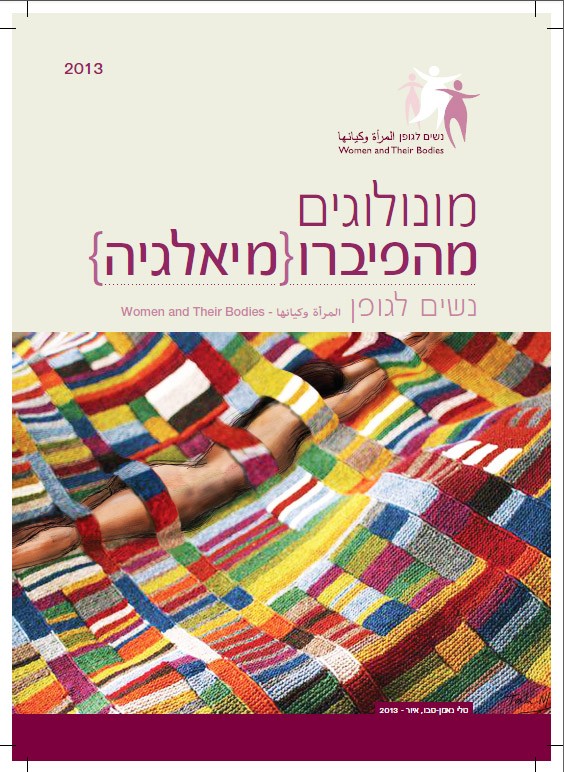
Monologues from fibromyalgia
The booklet Monologues from Fibro(myalgia) was written by the WTB knowledge and action group to raise awareness for fibromyalgia. The booklet brings in words and images the voices and feelings of women who suffer from fibromyalgia. It is for anyone who wants to “speak” about the issue and show others what it means to live with the condition.
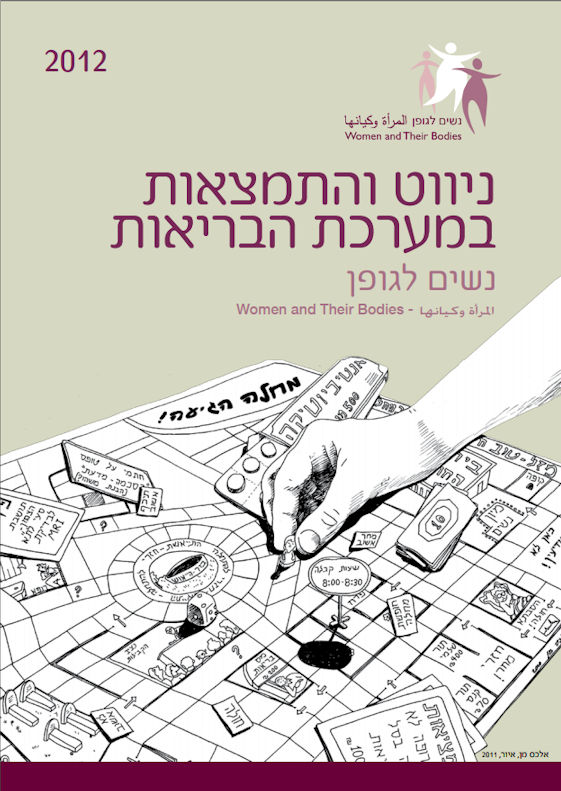
Navigating the health system
The booklet Navigating the Health System addresses the interaction of women with the health services system, in which they often find themselves almost helpless facing the bodies they are in contact with: doctors, nurses, medical and administration staff. Many women are not aware of the interests and considerations that drive the system and how they impact the medical procedures and therapeutic treatments offered them. The booklet serves two purposes: accessibility of information on our rights as women in the health system, so readers can navigate the complex maze, its structure and budget; and raising awareness to the gender aspect, which raises unique issues for women who are ill, and what are the historical and economic considerations that affect them.
